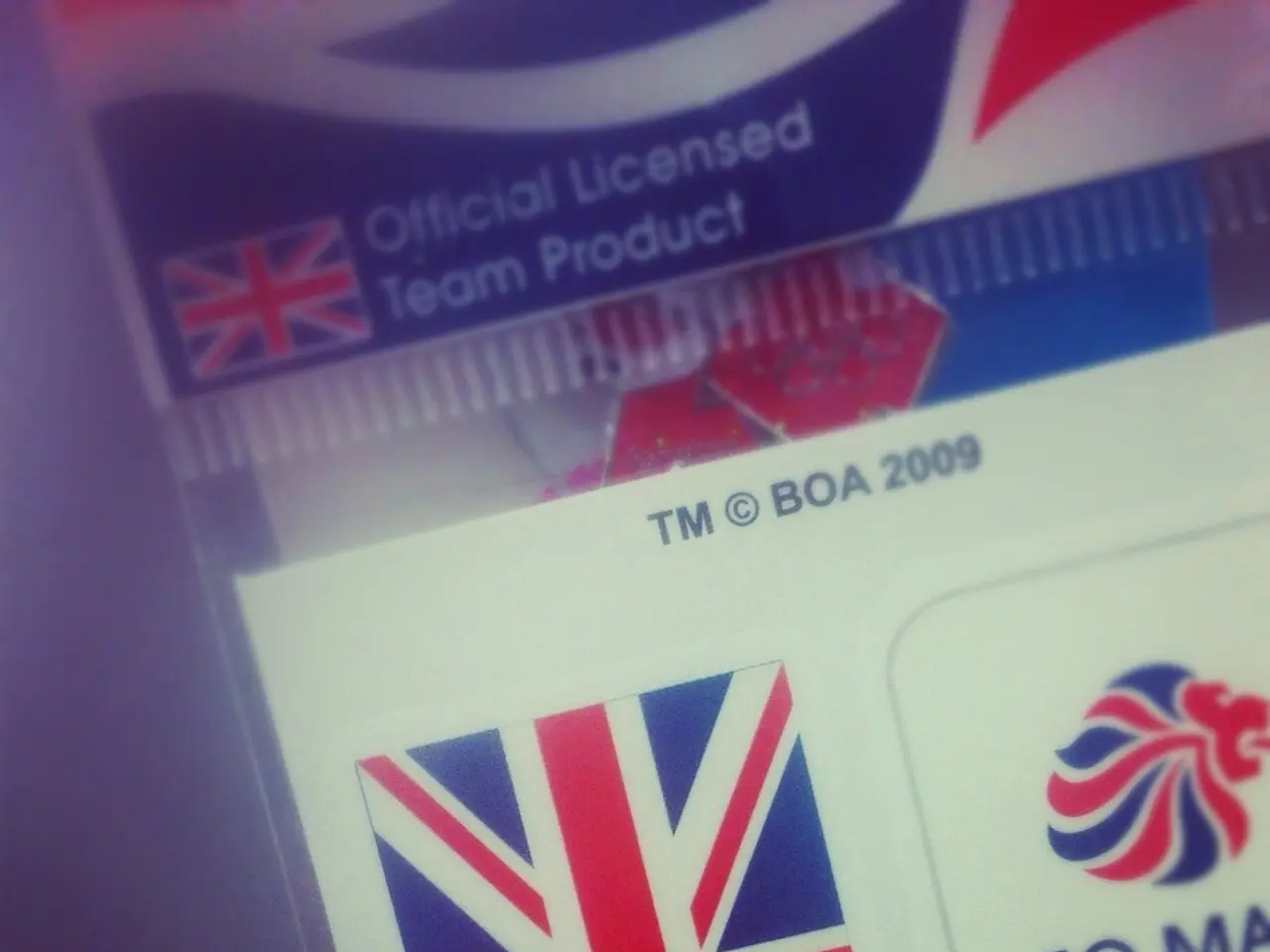Technical Debt: An Accumulation of Programming Shortcuts and Inefficiencies That Can Affect the Quality and Maintainability of Software Over Time.
In the fast-paced world of software development, the concept of 'technical debt' has become increasingly relevant. Technical debt refers to the reworks required for a software product due to prioritizing fast delivery or using inefficient code, leading to potential issues such as reduced product performance, scalability difficulties, and increased occurrences of software errors and bugs.
Technical debt can be intentional or unintentional, based on the software team's goals. Deliberate technical debt occurs when a team knowingly uses inefficient code or skips product documentation and testing for quick delivery. On the other hand, inadvertent technical debt arises when a team believes that it used the best code possible while developing a product, but technical debt still arises due to factors like budget constraints, time constraints, lack of knowledge or experience, or insufficient software testing.
Managing technical debt is crucial for maintaining system health and enhancing overall agility and resilience in software development. Here are some effective approaches:
**Identifying and Prioritizing Technical Debt**
1. Code Reviews: Regularly review code to identify areas that are complex, outdated, or inefficient. This helps in spotting technical debt early and categorizing it based on urgency and impact. 2. Static Code Analysis: Use tools like SonarQube to analyze code quality, detect bugs, and identify areas needing improvement. 3. Technical Debt Audits: Conduct periodic audits to identify and prioritize technical debt based on factors like business value, risk, and complexity. 4. Prioritization Strategies: Use methods such as MoSCoW prioritization, risk-based prioritization, or cost-benefit analysis to categorize and prioritize technical debt.
**Measuring and Monitoring Technical Debt**
1. Metrics and KPIs: Track metrics like cyclomatic complexity, code coverage, technical debt ratio, and maintainability index to gauge the health of the codebase. 2. Visibility and Reporting: Regularly assess and report on technical debt to ensure it remains visible to the development team and stakeholders. 3. Continuous Monitoring: Use live dashboards and alerts to continuously monitor technical debt levels and address issues promptly.
**Integrating Technical Debt into Development Workflows**
1. CI/CD Pipelines: Incorporate checks for technical debt into CI/CD workflows using tools like GitHub Actions or CircleCI. 2. Sprint Planning: Include technical debt remediation in sprint planning to ensure consistent attention to debt reduction. 3. Culture of Quality: Foster a culture that values quality, maintainability, and continuous improvement, encouraging code reviews and recognizing quality achievements.
**Preventing New Technical Debt**
1. Clear Standards: Establish clear, evolving standards for code quality and documentation to prevent drift over time. 2. Automation: Automate testing and adherence to coding conventions to maintain consistency. 3. Documentation and Communication: Ensure updated documentation and clear communication about changes to prevent misunderstandings and future debt.
By implementing these strategies, teams can effectively manage technical debt, maintain system health, and enhance overall agility and resilience in software development. Technical debt can be reduced and managed through practices like defining and tracking technical debt, conducting routine code reviews, automating testing and bug detection, and keeping technology updated. It's essential to remember that technical debt is a common occurrence in software engineering, often resulting from tight project deadlines or fast-changing product needs. However, with careful planning and consistent effort, its impact can be minimized, ensuring the delivery of high-quality, efficient, and reliable software products.
Technology plays a crucial role in managing technical debt, as tools like SonarQube, GitHub Actions, CircleCI, and static code analysis can help identify areas needing improvement and detect bugs early. Moreover, integrating technical debt remediation into development workflows, such as CI/CD pipelines and sprint planning, encourages consistent attention to debt reduction.




